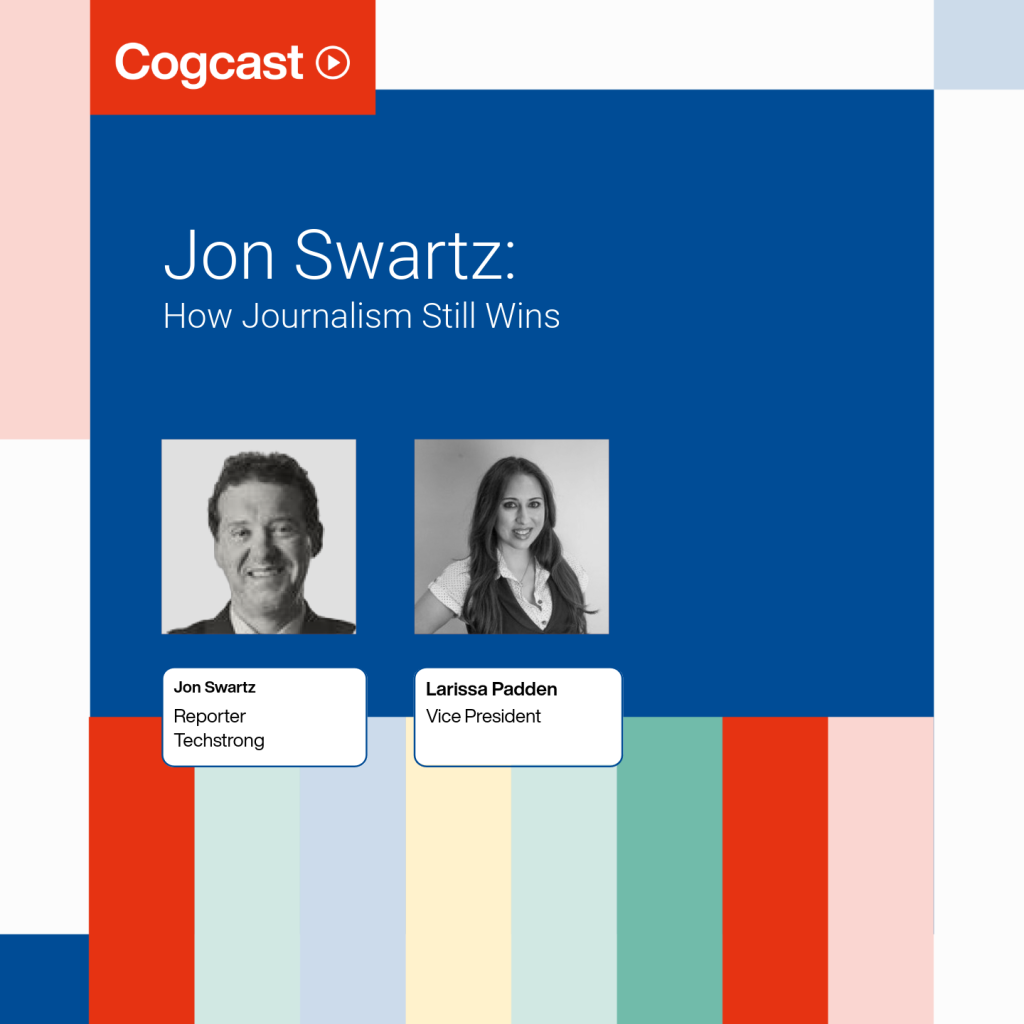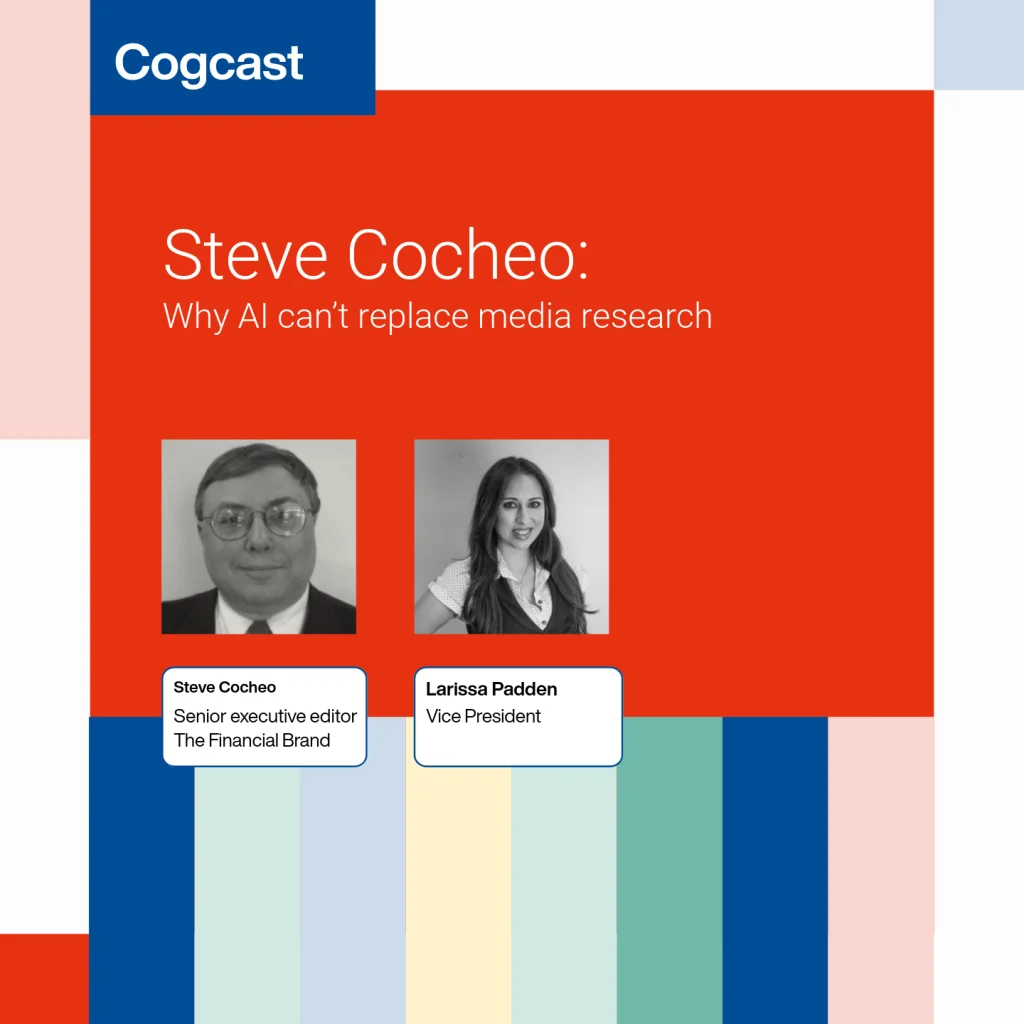I recently spent a day at a biochar facility in Bolivia, learning about how ultra-heated wood can provide benefits for farmers and companies looking to offset carbon emissions.
I’ve written about the actual trip in a separate article, so go there to hear about my conversation with the mayor, avoiding a road blockade and the sensation of a handful of biochar. Here I’d like to use the trip as a frame for some thoughts on how, when deployed correctly, frontline stories can fill in critical gaps in climate narratives.
As Cognito’s Head of Content, my role involves devising ways to construct compelling arguments in a clear and concise manner. More than anything else, I am creating answers to the question: “Why?”
In sustainability, this refers to how an individual company or project contributes to the overall need to keep global warming at so-called ‘manageable’ levels. In the crowded market of approaches, there’s fierce competition for a limited amount of corporate, institutional and personal money.
The persuasion toolkit
When we tell the story of a product, we ultimately only have these three quivers in our arrow. Statistic, descriptor or anecdote. You can neatly categorise every rhetorical trick into one of these three simple categories.
Let’s break down the role each one can play.
Statistics show the scale of the problem and how these will be influenced by the action of that particular group. These can be useful, but it’s easy for underlying assumptions to skew the data. In the first three years of the decade, we saw estimates that carbon markets would rapidly grow along exponential curves, whereas in fact they’ve stagnated in size amid a larger climate pullback. A figure not checking out in a particular area can introduce necrosis into the large statistical project, ultimately calling into question the whole enterprise
Then there are linguistic tools. These can be comparative – “We’re talking about the economic output the equivalent of three Switzerlands,” – or superlative – “This is the biggest shift that we’ve seen in my lifetime” – or description “Think of this as the Rosetta Stone for unlocking carbon removal at scale.” Done poorly, these provide little more than introducing clichés into copy. But they can be genuinely useful in helping bring understanding and comprehension to complex concepts.
And there are the stories. Anecdotes, reflections, examples. They come in many names, but they use humans (or sometimes animals) to bring a face to the abstract. They are hardly a new tactic. I remember going to the Earth Store at Colonie Center Mall in the 1990s, where a tag on rainstick proudly announced that this very purchase would mean one tree would stand in the Brazilian rainforest.
What changed after Concepción
So I thought I knew what I’d take away from my time in the Chiquitos. A few photographers of equipment, a couple use cases – a version of the website in three dimensions. And well, yes, that did happen. I wore a hard hat and walked through an industrial area full of clanging and clanking machines. My camera roll is full of images from the day, which I proudly showed back to the office in a series of slides.
And there was the what I want to call the “marginela”:
- Half a pile of biochar chips, piled up behind a young banana tree
- A machine that separated kernels from dried corn husks for livestock feed
- An aubergine in a greenhouse, with unblemished skin and small water drops from a recent misting
- The streaming options on a television at the owner’s ranch, the kitchen staff flipping through options as we arrived
These little bits in the middle were ultimately more creditilising than an industrial footprint. They helped to understand that this institution was wrapping itself inside a larger community and providing a needed role.
It’s not simply a small notation in the carbon budget of an oil behemoth; it represents the shared (and sometimes divergent) lives of hundreds of people. Something that, yes, should be evaluated to measure efficiency across key metrics, but also is something far larger than these figures.
Finding the story far from the jungle
Most of the work I’ve been involved with in this area is at least one, but oftentimes two or three steps removed from the actual project. Cognito’s Sustainability Team has worked with industry groups and standards organisations, which are represented by a series of asset managers or investors, who then in turn might invest in a series of products.
This work has scale – together, these groups represent huge blocks of investment resources. But it also means that working with reporters, they frequently have to build stories out of a series of conversations over Microsoft Teams or in conference rooms with overhead lighting.
These examples can feel the results of a long train of sharing – someone tells someone about someone else who is getting them the benefit from this investment. Now I’m committed to bringing that detail and sense of observation to more stories, even ones that traditionally would askew them.
A new rule: “If you haven’t seen a project in person, find someone who has – and get their words into your content.”
I now endeavour to stop treating frontline stories as window dressing and start treating them as strategy. There’s a reason why leading journals like The Economist and the Financial Times don’t simply rely on promotional materials – they send people to get those little small observations.
While not every project will include a trip to Boliava (that would hardly be wise climate policy), we look to embed the lessons and feelings of those experiences in more of what we do.
Jon Schubin runs content for Cognito






